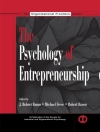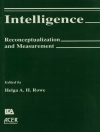The new activity of trans-continental civil flying in the 1930s is a useful vantage point for viewing the extension of British imperial attitudes and practices. Cultures and caricatures of British imperial aviation examines the experiences of those (mostly men) who flew solo or with a companion (racing or for leisure), who were airline passengers (doing colonial administration, business or research), or who flew as civilian air and ground crews. For airborne elites, flying was a modern and often enviable way of managing, using and experiencing empire. On the ground, aviation was a device for asserting old empire: adventure and modernity were accompanied by supremacism. At the time, however, British civil imperial flying was presented romantically in books, magazines and exhibitions. Eighty years on, imperial flying is still remembered, reproduced and re-enacted in caricature.
Cuprins
General editor’s introduction
1. Introduction
PART I Private flying
2. Aerial adventure
3. Seeking supremacy
4. Imperial encounters
PART II Commercial flying
5. ‘PAX’ Britannica
6. Imperial journeys
7. Personifying Empire
PART III Virtual flying
8. Imperial plumage
9. Imperial passages
10. Re-flying Empire
11. Conclusion
Index
Despre autor
John Mac Kenzie is Emeritus Professor of Imperial History, Lancaster University and holds Honorary Professorships at Aberdeen, St Andrews and Stirling, as well as an Honorary Fellowship at Edinburgh.












